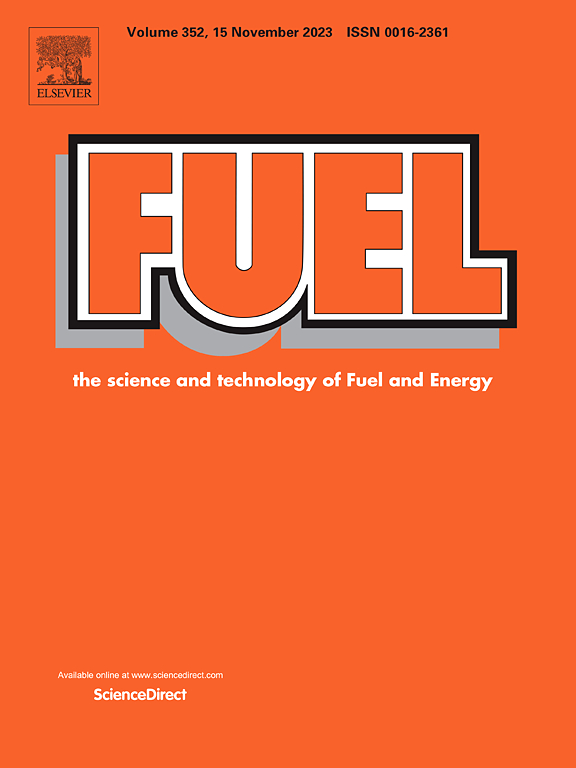An investigation of the effect of propane energy fraction and the start of injection on the emissions characteristics on low carbon high-pressure LPG direct injection engine
IF 6.7
1区 工程技术
Q2 ENERGY & FUELS
引用次数: 0
Abstract
The experimental and numerical study was conducted to evaluate the effects of the propane ratio and diesel on the emissions and combustion characteristics of propane applied on LPG direct injection (LPG-Di) engines. The experiment was conducted on a rapid compression expansion machine (RCEM) that was modified to satisfy the dual direct injection fuel (diesel-propane) – compression ignition (CI) strategy. Compression ratio (CR) 19 was used for the experiment with the propane energy fraction 10 % to 100 %. To find the optimum auto-ignition characteristics of propane, the start of injection (SOI) of propane was varied from 0° to 40° before top dead center (BTDC). While the SOI of diesel was maintained at 10° BTDC for the auto-ignition assistance purpose. The detailed emission propagation during the combustion process was constructed using computational fluid dynamic (CFD) modeling. Propane exhibits a second stage of combustion during the expansion step, indicating that the fuel cannot be burned perfectly during the initial auto-ignition process. The application of propane up to 50 % on direct injection CI engines shows the indication of CO2, HC, and NOx emission increase. Applying SOI to propane at 0 and 40 BTDC on propane energy fraction of more than 50 % % reveals a considerable variation in emissions, indicating low combustion quality that enhances emission formation.
求助全文
约1分钟内获得全文
求助全文
来源期刊

Fuel
工程技术-工程:化工
CiteScore
12.80
自引率
20.30%
发文量
3506
审稿时长
64 days
期刊介绍:
The exploration of energy sources remains a critical matter of study. For the past nine decades, fuel has consistently held the forefront in primary research efforts within the field of energy science. This area of investigation encompasses a wide range of subjects, with a particular emphasis on emerging concerns like environmental factors and pollution.
 求助内容:
求助内容: 应助结果提醒方式:
应助结果提醒方式:


